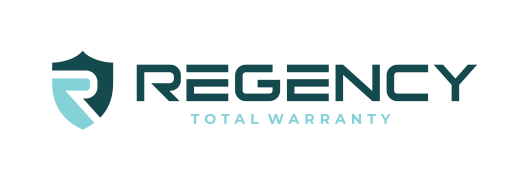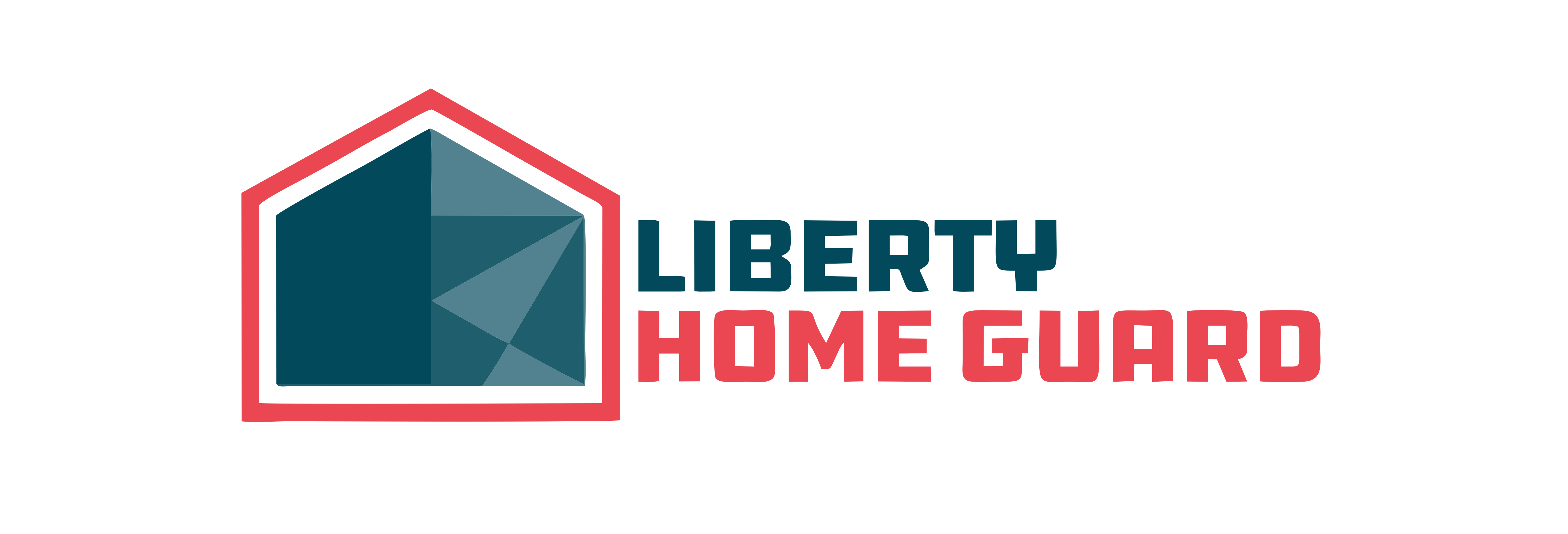Going Solar? A Guide to Replacing Your Roof with Solar Panels
Published Date: September 15, 2023

The interest in rooftop solar power systems has skyrocketed in recent years due to rising electricity rates and falling solar panels costs. Although traditional roofs are good at keeping the elements out, they do not generate renewable energy or lower your energy bills.
Many homeowners want to replace their roofs with solar panels to save money, increase their home’s value, and protect the environment. Read on to learn about choosing the best solar panels for your roof and how to know if you should replace your roof before going solar.
Factors to consider before replacing the roof and installing solar panels
Before replacing a roof to install solar panels, many important factors must be considered.
Can the roof support solar panels?
- Start by evaluating the condition and age of your existing roof, and remember that most asphalt shingle roofs last 15 to 30 years.
- If you have broken shingles, water leaks, or your roof is near the end of its lifespan, fixing or replacing it before adding a rooftop solar array is critical. You may not need to pay for roof repairs if it’s under warranty.
- Ensure your roof is in good shape to support solar panels and remember that your solar panel system can last for thirty years or more.
- Some roofs may appear in poor condition due to debris, such as leaves and branches, which are easy to remove. When in doubt, a professional roof inspection is a good idea to determine if roof repairs or replacement is needed.
- When replacing your roof, use a reputable roofer to complete the project.
- If you replace your roof, consider a standing seam metal roof because they are highly durable and work well with a solar panel installation. Conversely, wood and slate roofs are unsuitable for solar panels because they can be brittle.
- Flat roofs are usually conducive for solar panels, but the solar panels are usually angled to generate more solar power. Unfortunately, this can increase the installation costs.
- You will probably need to get a permit to replace your roof or install solar panels, but the contractor usually handles this.
Will your solar system meet your energy needs and be affordable?
- Assess elements like roof orientation, space for solar panels, and shading from nearby structures or trees. It’s best to mount solar panels facing south, but east and west-facing roofs are also possibilities.
- If your roof is heavily shaded, especially between 10 a.m. and 2 p.m., your solar panel system will generate less clean energy. This means the solar system will have a lower return on investment (ROI) and a more extended payback period.
- If roof space is limited, consider a high-efficiency solar panel. They can generate more electricity in the same space as a lower-efficiency solar panel but will cost more.
- You can calculate your home energy use by adding how many kilowatt-hours your home used in 12 months. An entire year is necessary for accuracy because electricity use can vary seasonally.
- Most homes need roughly a 6-kilowatt solar system, usually costing around $17,500 to $18,000 before federal and state solar incentives. Most homeowners can take advantage of the federal solar tax credit, which reduces the cost of a solar panel system by 30%.
- Most solar companies can conduct a solar feasibility assessment and estimate your solar energy production, considering your local climate. They can also provide a solar system design and accurate pricing information.
Preparing Your Roof Before Installing Solar Panels
Many homeowners choose to replace an older roof or perform repairs before installing solar panels to avoid issues down the road. Otherwise, the solar panels will be in the way of the roofers. However, if your roof is relatively new, or it is made of highly durable roofing materials, like a metal roof, it probably isn’t necessary to replace it, and it could be a waste of money.
Some homeowners install solar shingles, a roofing material that generates renewable energy. However, most solar systems contain panels, not roof shingles.
When getting bids on installing a solar energy system, you can ask the installers how much they charge for temporary solar panel removals to complete a roof replacement. This can help you decide if it’s better to wait on reroofing your home or if you should do so before going solar.
Choosing the Right Solar Panels for Your Roof
When installing solar panels, you’ll find different types available:
- Monocrystalline panels:
These are more efficient and have a sleek black appearance. Monocrystalline photovoltaic modules work well in limited space, but usually cost more. - Polycrystalline panels:
These modules are affordable and practical. But they’re less efficient than monocrystalline ones and have a blue appearance, so they might not blend as well with your roof. - Thin-film panels:
These are flexible and light, making them good for various roofs. However, they might need more space because they are usually less efficient than traditional solar panels. - Solar shingles or roof tiles:
These replace traditional roof shingles while generating clean energy. They’re usually more expensive, but might be worth considering if you replace your roof.
Each type has its advantages and disadvantages. It’s essential to consider your budget, available space, home energy use, and how you want your roof to look.
Hiring a Professional Solar Installer
Regardless of whether you replace your roof and the type of solar panels you use, hiring a high-quality, experienced solar installation company is critical. Here are a few of the most popular solar companies operating in the U.S.
SunPower uses the best solar panels and equipment and offers an excellent 25-year warranty to protect your investment. SunPower is known for providing excellent customer experience, but its prices are usually above average. It operates in all 50 states and offers $0 down financing and solar leases.
This solar company has a variety of solar financing options and ownership models, including leases and power purchase agreements (PPAs). Palmetto Solar is also known for quality customer service and using reliable solar panels and equipment in the 20 states where it operates. Although it provides a 25-year warranty on equipment, the labor warranty is shorter unless you sign up for a protection plan.
This solar installer is known for using high-quality solar panels and providing excellent customer service. It operates in 21 states and provides a 25-year warranty. But Blue Raven doesn’t have solar leases or PPAs, yet it does offer $0 down financing with no payments for 18 months.
Planning Your Solar Roof Project
Before contacting solar energy companies, having 12 months of electricity bills handy is helpful, so you know how much electricity your home uses. Then, contact a couple of solar companies that operate in your area to get estimates on solar systems. Some installers will even provide information on how much your solar system will reduce your carbon footprint.
This pricing information will help you determine if you can afford to buy your solar panels if you need financing or to have a solar lease. Remember that you cannot claim the solar tax credit if you are leasing instead of buying your solar energy system. Next, it is time to select your solar installer and sign a contract.
Solar companies usually handle getting all the required solar permits, complying with local regulations, and obtaining permission to join a net metering program through your utility company. This allows you to send surplus power to the electrical grid. Finally, the contractor will install your solar equipment, which is often done in as little as one or two days.
Financial Incentives and Return on Investment
If you purchase your solar panel system, you may qualify for a federal solar tax credit, which reduces the system’s total cost, including labor, by 30%. Speak with a tax specialist to ensure you qualify, and don’t forget to complete IRS form 5695 when you file your federal income taxes. In addition, some states have incentives for installing home solar systems, including rebates or state tax credits.
Your system’s return on investment (ROI) and payback period will depend on your home energy savings, available solar incentives, financing expenses, and how much it increases your home’s resale value. For example, live in a state with higher energy costs and net metering programs through the utility company. Your solar panels will pay for themselves with energy bill savings more quickly. Refer to our solar savings calculator to learn more about your estimated savings.
Determining how you will pay for your system is important if you aren’t using a lease or PPA. If you need a solar loan, use our solar loan calculator to estimate your monthly payments.
Maximizing Solar Energy Benefits
Most solar companies provide solar monitoring systems when you go solar. This allows you to view your solar energy production and know if there is an issue with your solar system. Look for a sudden, lasting drop or gradual decline in solar energy production. However, remember that weather and seasonal changes can impact this and don’t necessarily indicate an issue that needs to be addressed.
Most solar equipment is very reliable and doesn’t require regular maintenance. However, if you live in an area with a lot of smog and dust or debris covering your solar panels, it might be necessary to clean your solar array to increase energy production. However, it is essential to do so safely and without damaging the solar panels.
Like with any home, it is critical to monitor the roof’s condition and perform repairs as needed to prevent issues with water or ice. If you must replace your roof, you may need a solar installer to remove the panels temporarily.
Bottom Line
Installing a solar panel system is an excellent way to eliminate electricity bills and cut your carbon footprint virtually. Many solar homeowners are enjoying dramatically lower energy bills despite electricity rate hikes. However, it is helpful to consider your roof's condition and address roof issues before installing solar panels.
When you are ready to go solar, use a reputable solar installation company with strong warranties to protect your investment. Then, enjoy many decades of free energy from the sun!
FREQUENTLY ASKED QUESTIONS (FAQs)
Will solar companies replace your roof?
Most solar installers are not roofing experts and will not replace your roof. If your roof needs repair or replacement, it’s best to address this before installing solar panels.
Who can remove solar panels from the roof?
If you have a rooftop solar system and you need it removed, contact your solar installer or a reputable solar contractor in your area. A qualified solar company will know how to safely remove solar panels without damaging your roof or the solar equipment.
Will the solar company pay for a new roof?
Most solar installers do not pay for a new roof or complete this work. If your roof needs to be replaced, doing this before going solar is helpful.
How much does it cost to replace a roof with solar panels?
The cost of a rooftop solar panel system varies depending on your home energy needs, if your roof is shaded, and labor rates in your area. The average cost per watt of a solar energy system in the U.S. is approximately $2.95 per watt before solar incentives, according to EnergySage. Thus, a 6 kW solar system costs around $17,700 and can qualify for $5,310 in solar tax credits.
Can you put solar panels on an old roof?
You can install solar on an old roof, but it may create issues later if you need to reroof your home. Therefore, completing the needed roof work before installing solar is best. However, installing solar panels is fine if an old roof is still in good condition and structurally sound.
Can you use solar panels as roofing?
Most solar panels do not also serve as roofing material. However, solar roof shingles are both roof shingles and generate clean energy, serving both purposes. They are known as building-integrated photovoltaics and fulfill two roles.
How long does the installation process take?
It usually takes a day or two to complete a solar system installation. However, the sales and permitting process can take months, depending on where you live and the availability of the solar company to complete the installation.
Do You Have To Remove Solar Panels To Replace a Roof?
Your solar panels might need to be temporarily removed to replace a roof, especially if the roofing work could potentially damage the panels or limit access to the roof. However, it depends on the roofing and solar panel setup. Professional guidance is crucial to determine if removal is necessary and to ensure the process is done safely and efficiently.
Can solar panels make your roof last longer?
Yes, solar panels can potentially extend the lifespan of your roof. They provide additional protection from the elements, shielding the underlying roofing materials from direct sunlight, rain, hail, and other weather conditions. This can help reduce wear and tear on the roof, which might increase its overall durability and longevity.
What steps should I take before scheduling roof repairs with solar panels?
Before scheduling roof repairs, contact your solar installation company for guidance. Inform them about the repairs needed and get their recommendations. If you need to remove your panels, ensure they coordinate with the roofing contractor to remove and reinstall them safely.
What happens to shingles under solar panels?
The roof shingles below your solar panels are shielded from direct sunlight and weather, potentially leading to a slower aging process. However, they may accumulate debris or moisture due to reduced exposure. Regular inspections and maintenance by professionals are crucial to monitor the condition of your roof and prevent any issues.
Will installing solar panels damage my roof?
Properly installed solar panels should protect your roof. Professionals use safe installation methods to avoid harm. Select a reputable installer to ensure a secure and damage-free solar panel installation.








